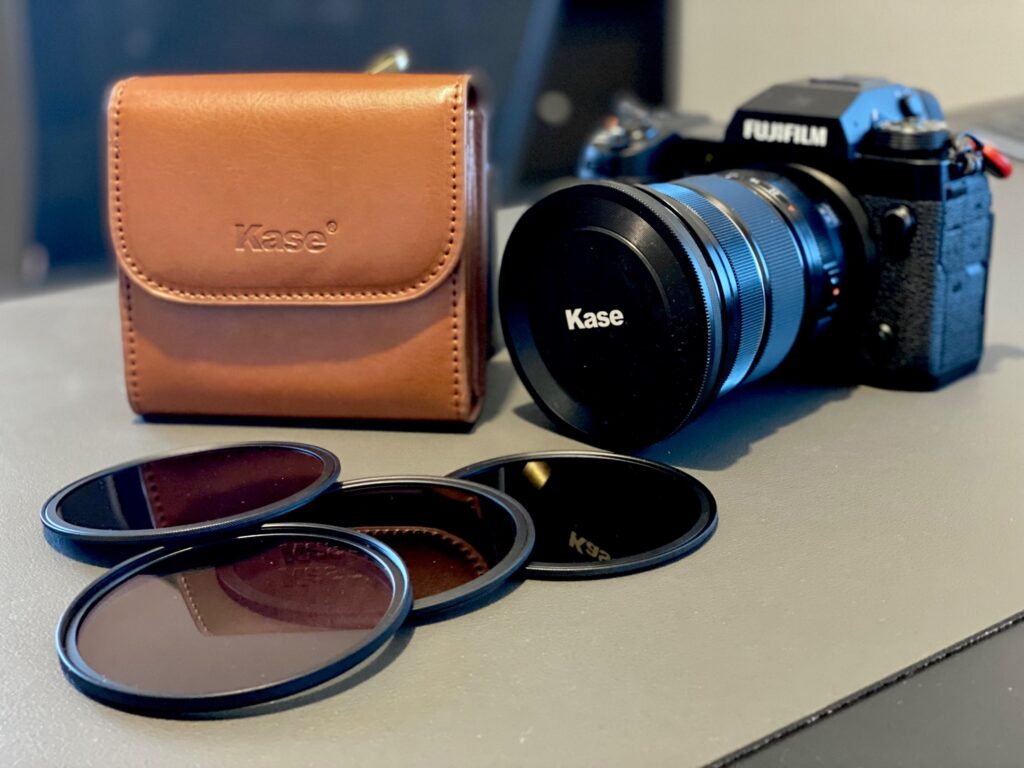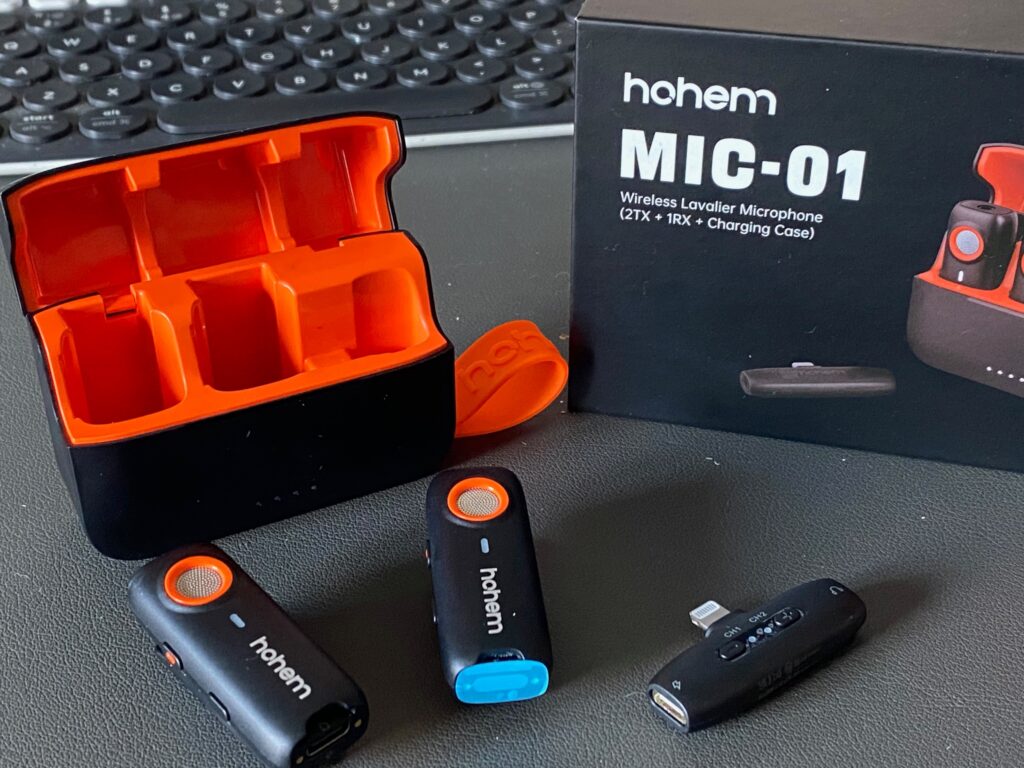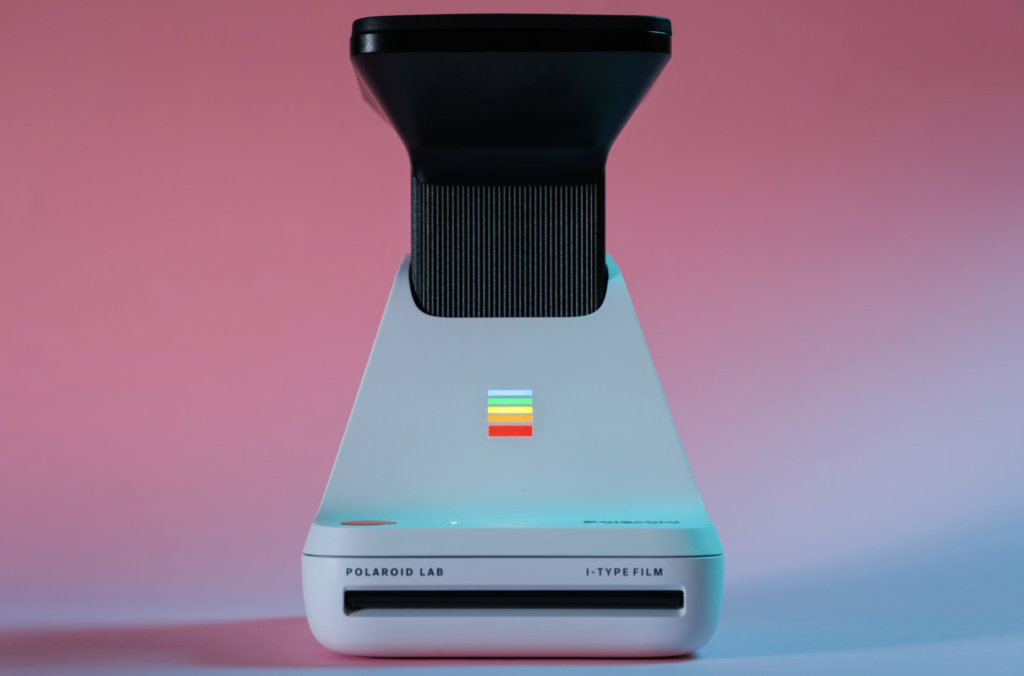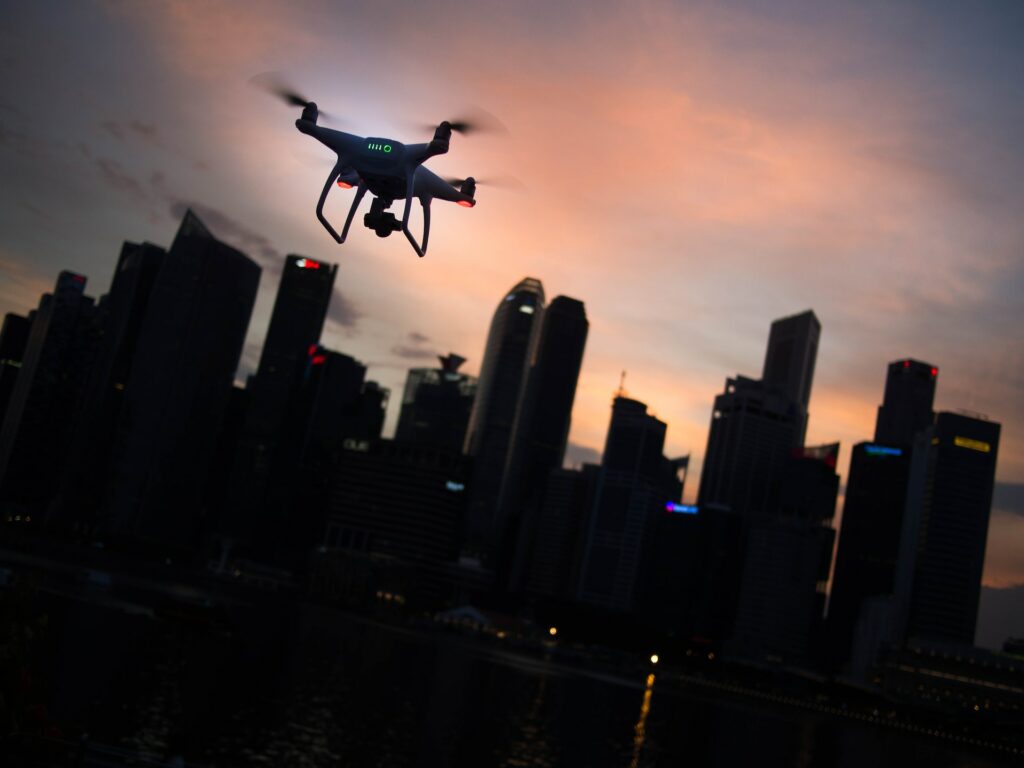Save Yourself Some Unwanted Drama With Your Images
Back up your work, just make it a habit – we've all heard this like a thousand times already. But it's true.
There comes a point in life where you’ll accidentally delete a set of photos or one of your storing medias will fail, something none of us want to experience. Fear not, all is not lost. Some of it maybe, but not everything, for sure.
Let's start with that glimmer of hope and go from there…

If this happens to you, there are two ways to rescue data, by yourself and via experts that specialize in the area. Depending on the damage done you’ll need to weigh your options, whether you should attempt and restore files by yourself or let the expert do it.

Memory Cards vs Computer Drives
The process varies between medias. SD and CF cards require a different approach compared to hard drives and SSDs.
One main thing that you need to remember is, whenever you accidentally delete and/or lose data on ANY media, you should immediately stop using it.
That’s because 99% of the time when files are deleted, the thing that is actually deleted is the location register that points to the physical location on the filesystem.
If you continue using it, you’ll end up rewriting the lost files and there is no going back. If you keep the media intact and only the registers get lost, you’ll probably be able to recover most, if not all of the lost data.
The safest thing to do with SD cards is to use write protection, thus you’ll reduce the chance for accidental deletion to occur.
SD and CF cards

Most of the general file recovery apps work well. However, judging by reviews from both Nikon and Canon, CardRecovery does the best job in restoring the RAW files, which most of the others data recovery options ignore or have trouble piecing them back together.
I personally used one piece of software a while ago and found the same issue, it recovered 90% of my JPEGs but not the RAW counterparts. The only downside is that it won’t work if the card isn’t partitioned, which in newbie terms means that it won’t work if the card doesn’t have a drive letter assigned when you plug it in the computer.
Also, if a card loses its data without human error, I’d probably stop using that card since if it happened once, it will happen again for sure.
Hard Drives
Though the recovery process is similar to SD cards, there are more things that you can do. Hard drives are more prone to damage, ranging from bad sectors to stuck heads, however hard drives provide more ways for recovering your data.
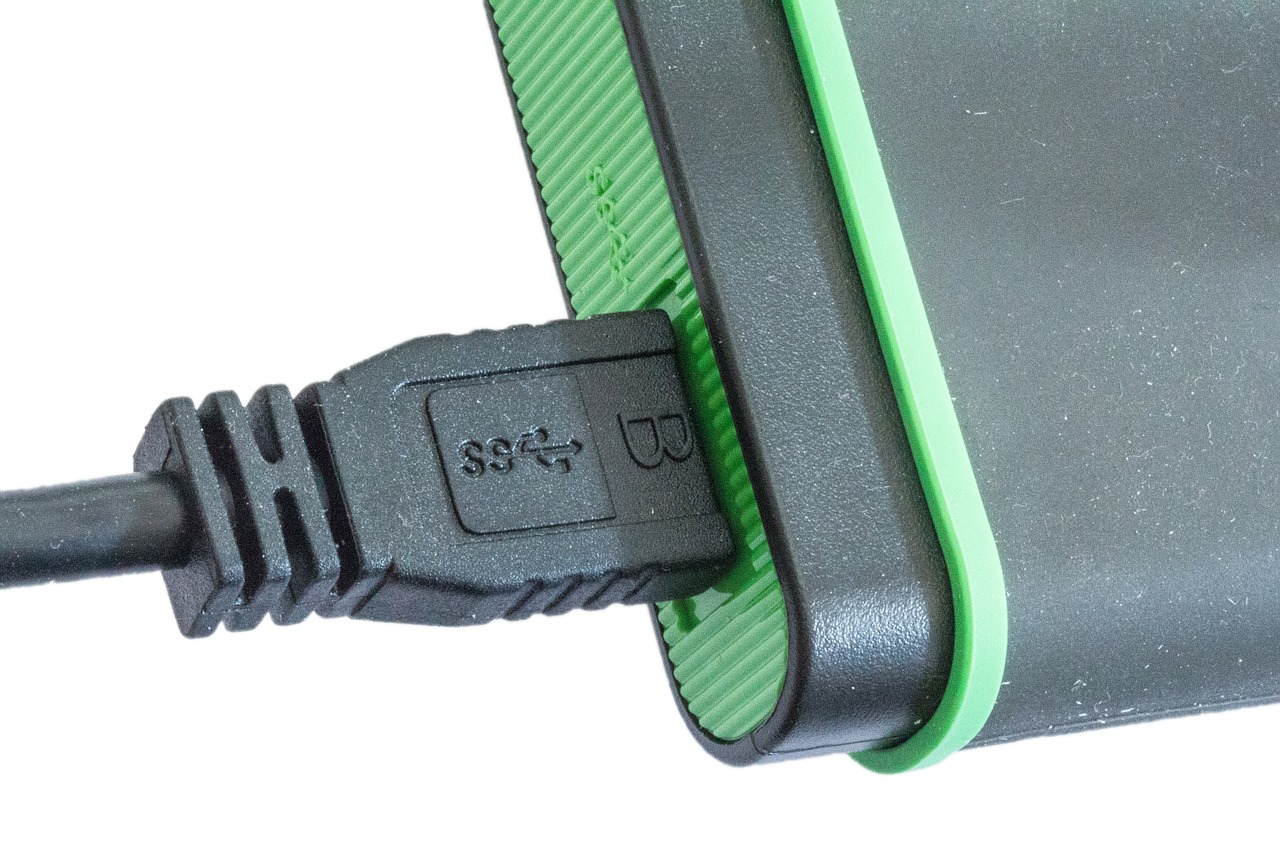
If your OS is installed on your hard drive and you can’t boot it up to back up the data, it is wise to download a Live CD which has the option to boot up a restricted operating system directly from the disc (most Linux distributions have this).
By doing so you can access the hard drive and if it is not damaged (just the operating system got corrupted somehow) you can backup the files without any losses, then you just reinstall your operating system and you're safe to go ahead.
If you lost your files by accidental delete, then recovery software solutions are what you need, since most of them will do a good job at retrieving your files.
TuneUp software had saved me quite a few times, but it can take a while for scanning and even more for backing up the stuff. I remember last time I was scanning for about 20GB of lost files, it found around 300GB on my 1TB drive, because it shows everything it finds.
It can be a little messy but you’ll figure it out.
Mechanical Failure and What to Do
If the hard drive doesn’t boot up at all, you might be facing mechanical failure. You can attempt to repair it yourself, it isn’t really that hard, but it requires some knowledge of electronics.
Hard drive mechanical failures usually consist of three things: a stuck head, a burned motor and messed up PCB. If the head is stuck you can open the top cover in a clean environment and gently force the head into operation (this is done on a hard drive that is powered up).
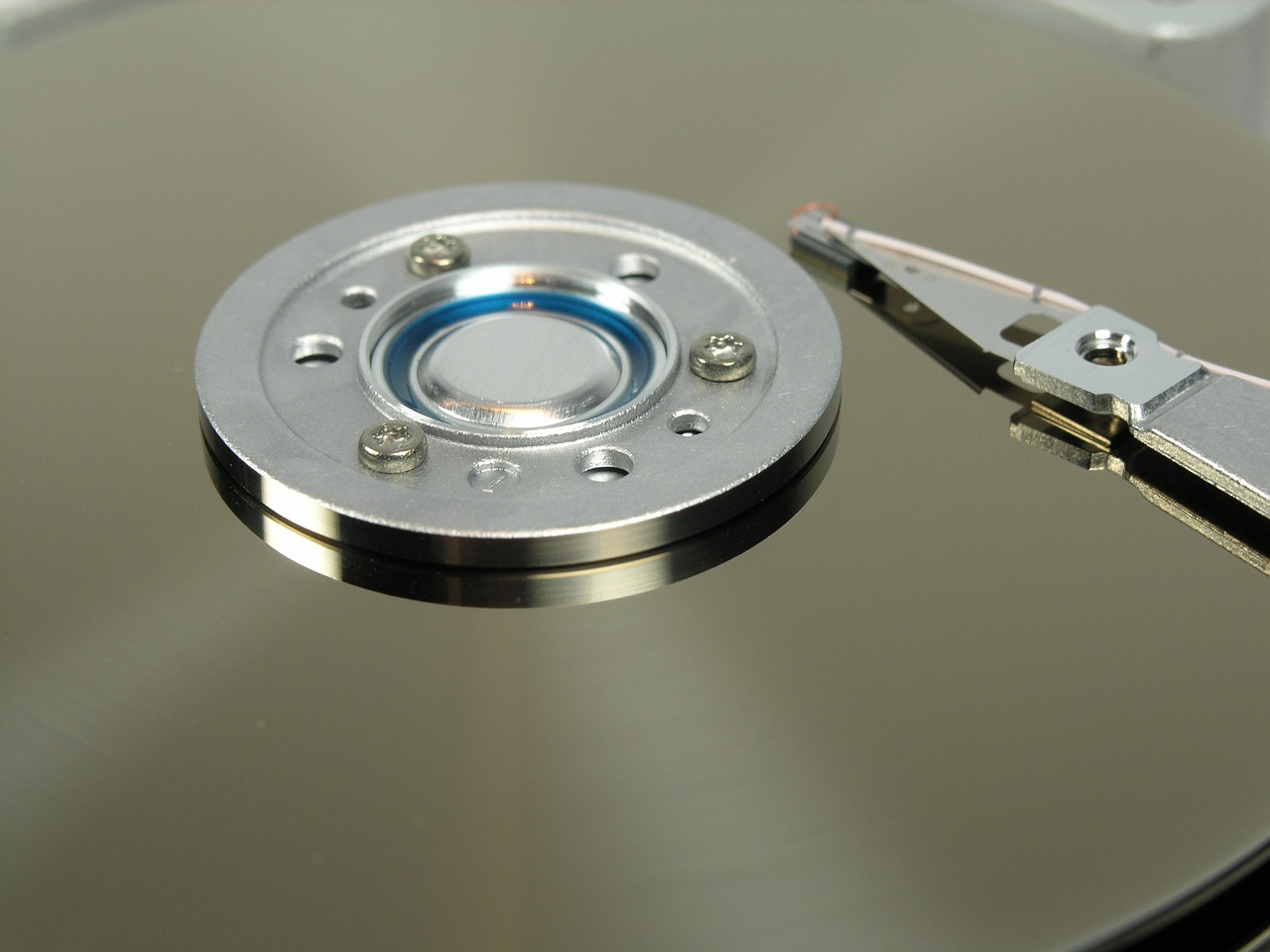
The Motor or PCB
If the motor or the PCB is fried your best bet is to replace them with functional ones from an identical hard drive. This should be done just to recover the data, then restore the donor hard drive to original condition and trash the previous one.
If you aren’t sure how to do it and your data is too precious to have it lost accidentally, better leave this job to the pros and send it away/visit your local computer repair store.
If the hard drive is failing due to bad sectors, you can repair them using HDD Regenerator which works before you boot up the operating system.
Note that it will attempt to repair the bad sectors but there are a limited number of sectors that can be repaired/replaced. Once you've backed up your data from the bad sector infected hard drive, you should seek a replacement as soon as possible since the bad sectors are essentially a hard drive cancer – they will spread and multiply, eventually killing the hard drive.
Recovering data from solid state drives is essentially the same as SD/CF cards since they are both flash disks. However, the tools that scan for data on hard drives can do the same on solid state drives (SSDs) as well.
Further Resources
- A Look Into The Cloud: BackBlaze As An Online Back Up Service For Photographers by Jason Row
- This is a Way to Protect Your Photographs From Being Lost by Sheen Watkins
- Protect Your Images…By Adding Contact And Copyright Metadata To Them by Tiffany Mueller
Further Learning
Improve your Photoshop Workflow with Pro Joshua Cripps – use this course to understand Photoshop image processing from start to finish.

